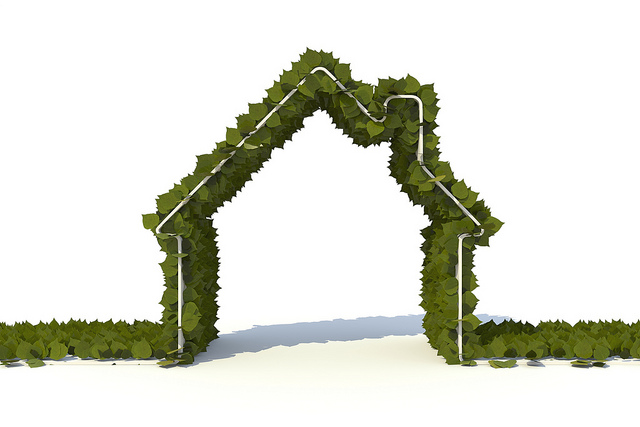<p>Looking for ways to save energy in your home and lower your utility bills? By improving the energy efficiency of your house, you can reduce high energy bills, improve comfort and make your house more eco-friendly. In fact, improving energy efficiency is the first step for homeowners who are interested in green remodeling. There are different ways by which you can transform your home&#8217;s energy profile and save on electricity and heating.</p>
<p>While some of these changes are one-time investments, others are steps which you need to adopt and follow on a daily basis. You can also use the services of a property maintenance specialist, such as Peter Cox, to make your home more energy efficient and thereby save money. Affordable and effective damp proofing services from these damp proofing experts can save energy and money, because keeping your walls free of damp will cause them to retain heat much more effectively. Tests conducted have also indicated that there can be a total energy saving of up to 29% when their DryWall Thermotek damp proofing cream is applied to single-skin walls.</p>
<p>So, how can you secure your home exterior and make it more energy-efficient?</p>
<p><b>Effective Insulation:</b> By insulating your walls, ceilings and attics, you will be able to slow the rate of heat flow into your house during summers and out of your house in winter. As such, less energy will be required to heat or cool the house. Extra insulation comes in a number of forms: fiberglass batt insulation can help prevent air leaks in unfinished, cracked or worn space as can blown-in insulation, foam insulation materials and spray foam insulation.</p>
<p>Peter Cox’s DryWall Thermotek masonry protection cream is a great option for insulating your home by keeping moisture out of your walls. In fact, its energy-saving properties qualify it for a reduction to 5% VAT.</p>
<p><b>Switch to Fluorescent Lamps (CFLs):</b> Although CFLs cost more initially, they can result in considerable savings as they last around eight to twelve times longer than regular incandescent light bulbs.. On average, a CFL uses only about 27 watts to generate as much light as a 100-watt incandescent bulb, which is why they can last 10 times as long using 80 per cent less energy.</p>
<p><b>HVAC Repair or Replacement:</b> Almost half the energy used in your home goes to heating and cooling, so it’s important to make smart decisions about your home&#8217;s heating, ventilating, and air conditioning (HVAC) system. If you’re looking to effectively and efficiently heat and ventilate your home, look no further than Peter Cox’s ThermoSave heat recovery system, which recovers up to 75% of the heat normally lost when vented outside, eliminating the need to further heat your home.</p>
<p><b>Window Replacement:</b> Windows are a major source of heat loss for the home, and improving these is a cost-effective and quick way to improve your home’s energy efficiency. Replace aluminium frames with vinyl frames, which are more resistant to heat transfer. You can also tint your windows to keep away unwanted heat or cold from your house.</p>
<p><b>Replacing Old Appliances:</b> As older appliances are less energy efficient, it is advisable to replace them with newer models. This will go a long way towards saving energy and lowering your electricity bills &#8211; but ensure that all the products you&#8217;re buying suit your requirements as over-sized refrigerators, water heaters and other such appliances will lead to greater energy consumption.</p>
<p>By following the above mentioned ideas and suggestions, you&#8217;ll not only save energy and reduce your utility bills but will also help reduce greenhouse gases and their impact on our environment without compromising on lifestyle.</p>

How to Make Your Home More Energy-Efficient
